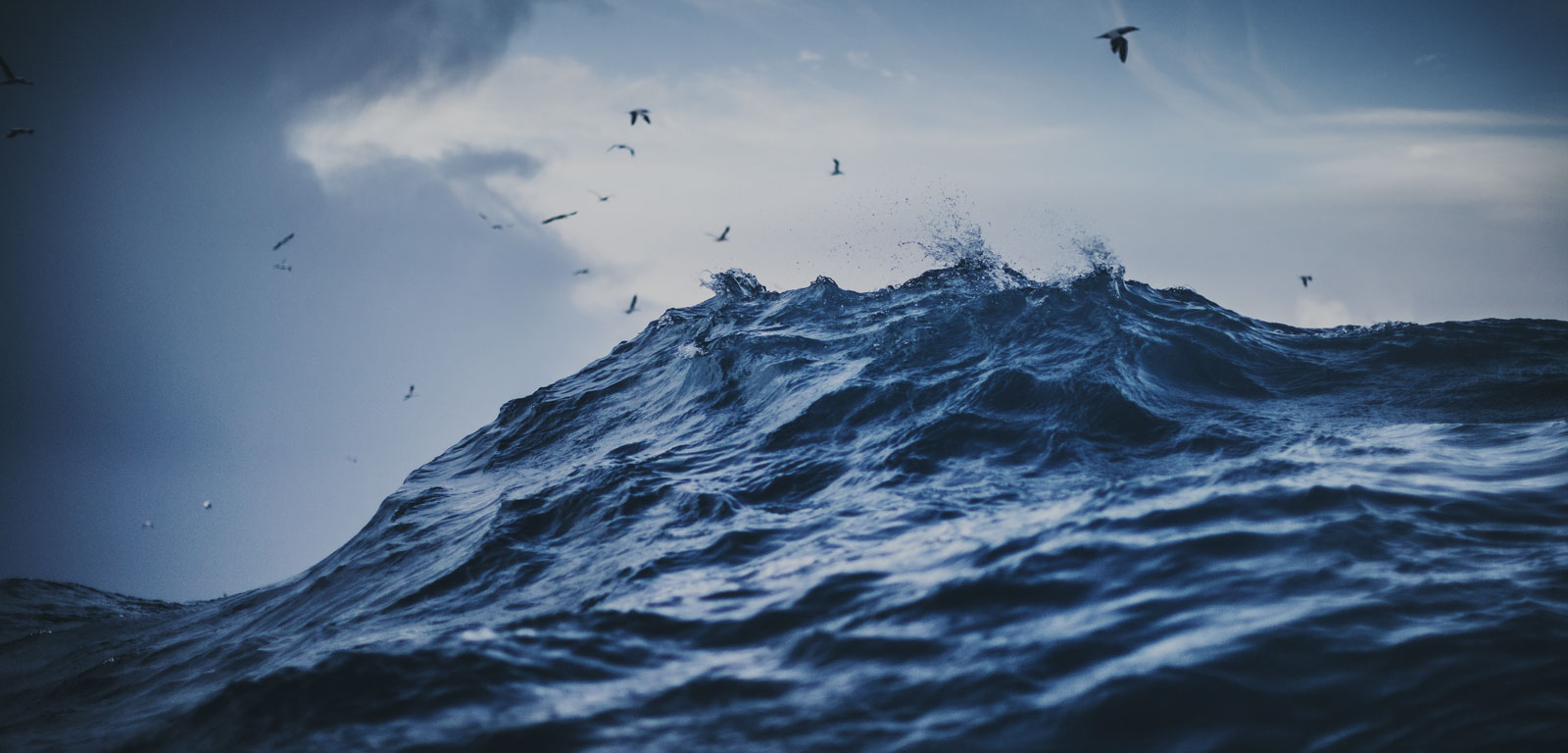Gaia
Ozeanoetako Urrutiko Detekziorako Sarrera
Gaiari buruzko datu orokorrak
- Modalitatea
- Ikasgelakoa
- Hizkuntza
- Ingelesa
Irakasgaiaren azalpena eta testuingurua
Introduction at Masters level to the ways in which remote sensing from satellites is used in oceanography.Gaitasunak
| Izena | Pisua |
|---|---|
| Acquire a new Perspective: grasp what is special about the view of the ocean provided from satellites, to enhance your knowledge of the ocean. | 20.0 % |
| Methodology: understand the main methods of ocean remote sensing and the ocean properties that can be measured. | 30.0 % |
| Importance in Ocean Science: discover some of the specific ways in which satellite ocean data make unique contributions to ocean science. | 10.0 % |
| Wider Applications: find out how satellite ocean data are being applied for the benefit of human activity in the ocean. | 15.0 % |
| Acquire image handling skills: learn how to acquire, enhance, present and apply satellite image data in scientific and educational contexts. | 25.0 % |
Irakaskuntza motak
| Mota | Ikasgelako orduak | Ikasgelaz kanpoko orduak | Orduak guztira |
|---|---|---|---|
| Magistrala | 45 | 82.5 | 127.5 |
| Laborategiko p. | 15 | 15 | 30 |
| Tailerra | 15 | 15 | 30 |
Irakaskuntza motak
| Izena | Orduak | Ikasgelako orduen ehunekoa |
|---|---|---|
| Azalpenezko eskolak | 127.5 | 35 % |
| Oinarrizko trebetasun instrumentalak eskuratzea | 30.0 | 50 % |
| Talde-lana | 30.0 | 50 % |
Ebaluazio-sistemak
| Izena | Gutxieneko ponderazioa | Gehieneko ponderazioa |
|---|---|---|
| Lan praktikoak | 70.0 % | 70.0 % |
| Test motako azterketa | 30.0 % | 30.0 % |
Irakasgaia ikastean lortuko diren emaitzak
Al final de la unidad el estudiante debería ser capaz de:1. Comunicación: escritura científica.
2. Tecnología de la información: procesamiento de imágenes; manipulación y evaluación de conjuntos de datos satelitales adquiridos de Internet.
3. Trabajar en equipo
Irakasgai-zerrenda
SOES6017Aims
To provide an overview of how the ocean can be observed and measured remotely using sensors on Earth orbiting satellites.
To provide an understanding of the role of remotely-sensed data in the study of the oceans
Syllabus
Topics to be covered include:
- Basic principles: Introductory lectures on remote sensing methods, coupled with a practical introduction to image processing self paced on-line introductory tutorials.
- Sea surface temperature: Method of infra-red and passive microwave remote sensing, detection of clouds and removal of atmospheric contamination, studies of ocean eddies and fronts, monitoring of global temperature patterns.
- Ocean colour: Measuring chlorophyll and suspended sediment concentration from water colour as detected from aircraft and satellites.
- Imaging Radar: How satellite synthetic aperture radars "see" the ocean and ocean information in radar images. Methods include, altimeters plus: Ocean topography winds and waves measured globally from satellites.
- Earth observation systems: Global programmes, synergy between different types of data.
- Lecture material is reinforced by computer practicals using remote sensing data.
Formal Lectures: will provide an introduction to the theory underlying remote sensing methods used in oceanography. Each lecture systematically covers the main concepts and topics by the use of PowerPoint presentations, supported by illustrated handout materials. The lecturers¿ own experience in these fields is incorporated where possible. Appropriate references to parts of course textbooks and introductory journal references are provided at each lecture.
Practicals: Interactive computer-based practical work with image data, contained in a modular programme.
A wide range of support can be provided for those students who have further or specific learning and teaching needs.
Resources and reading list
The lecture material is summarised at blackboard.soton.ac.uk. Instructions for accessing this material will be given during the course.
Ezin izan da edukia sortu, beranduago saiatu. Arazoak aurrera jarraitzen badu, jarri harremanetan CAUrekin (Tlf: 946014400 / Email: cau@ehu.eus / Web: https://lagun.ehu.eus).


